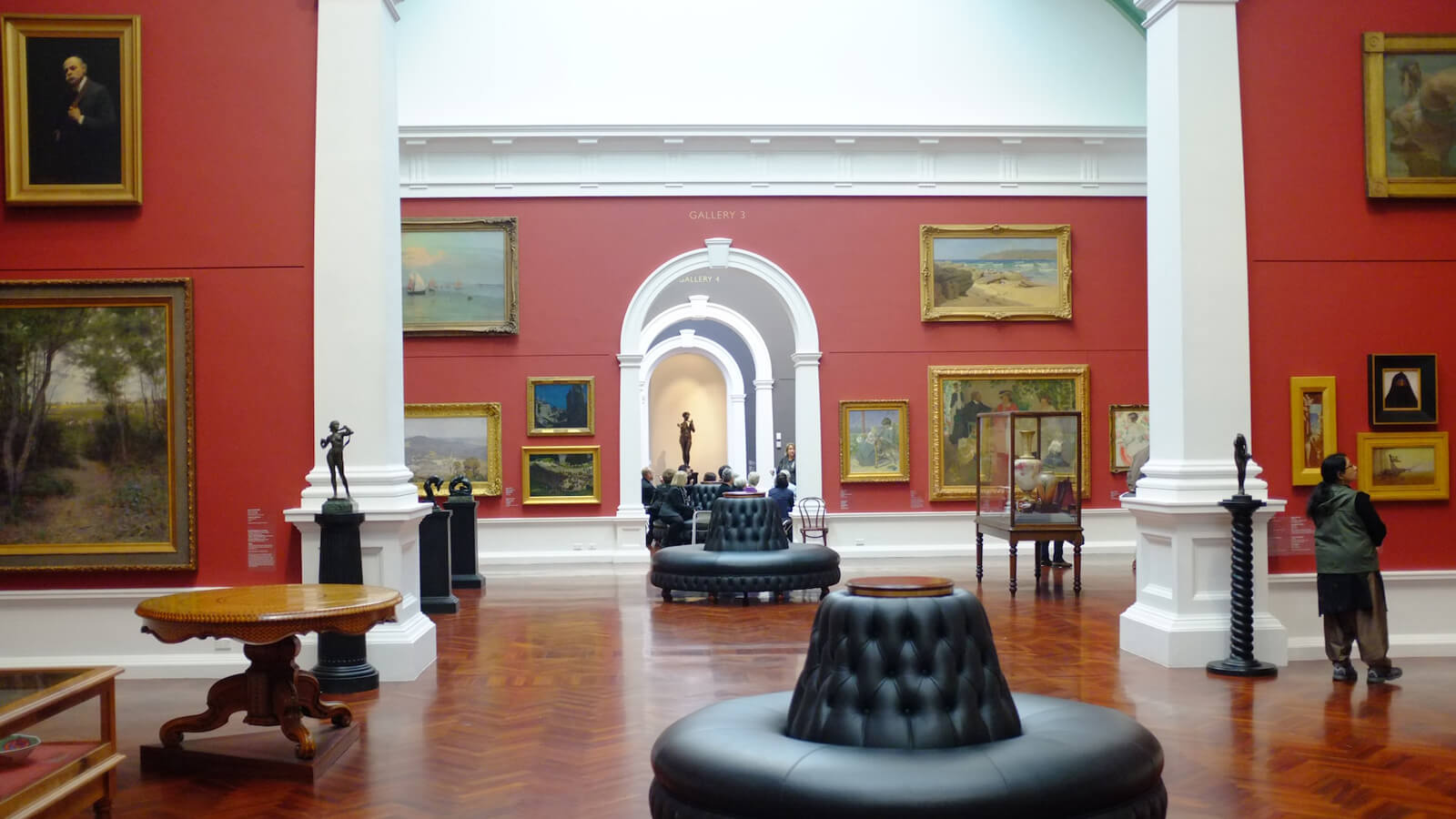
Why neodymium magnets for exhibit security?
Neodymium magnets, despite their small size, are incredibly strong. Even a small magnet can hold a fairly large object, and with larger ones, you can lift large steel items weighing several kilograms. This is why these magnets are ideal for many applications, and the possibilities for their use are virtually limitless. Handles for retrieving objects in water, hangers for kitchen knives on the wall, separators for catching metal objects - these are just some of the many popular uses for magnets. What's important is that neodymium magnets are available in countless types. They can have the shape of cylinders of various thicknesses, plates, or sleeves, which translates into a wide range of possibilities for their use. Certainly one of the more interesting applications was their use by the Museum of Australian Democracy to secure exhibit elements. This topic was handled by John Wayne, an exhibition specialist, and it was his idea that made the exhibition a success, with everyone, especially the youngest visitors, satisfied. Additionally, this may serve as inspiration for other equally interesting uses of magnets.
How were the figurines displayed using magnets?
John Wayne was responsible for preparing an exhibition for children at the Museum of Australian Democracy, and one of the main exhibits was a hundred figurines. As we know, figurines can easily be moved or knocked over, especially by the curious little hands. John's first idea was to attach small magnets to the walls and to the figurines. By arranging them properly, the exhibits would stay in place. However, safety became a concern. The magnets had to be small in size, which posed a risk of swallowing and choking. There was no guarantee that a toddler wouldn't detach a magnet from the wall and start playing with it. Therefore, without the assurance of safety, Mr. Wayne began to look for another solution, also based on magnets. After several discussions, it was decided to attach metal discs to the walls, which were too large to be swallowed. The magnets themselves were placed in drilled holes in the figurines. The neodymium magnets used for this purpose were shaped like cylinders with a diameter of 20 mm and a thickness of 4 mm. As it turned out, such a small magnet was entirely sufficient to keep everything in place, and importantly, everything was done without the need for drilling or other similar work. The magnets in the figurines were practically invisible, and the metal discs could be easily detached from the walls, allowing the entire exhibition to be smoothly relocated.
Source:
Tags:
sobota 2021-01-02T18:00:00

